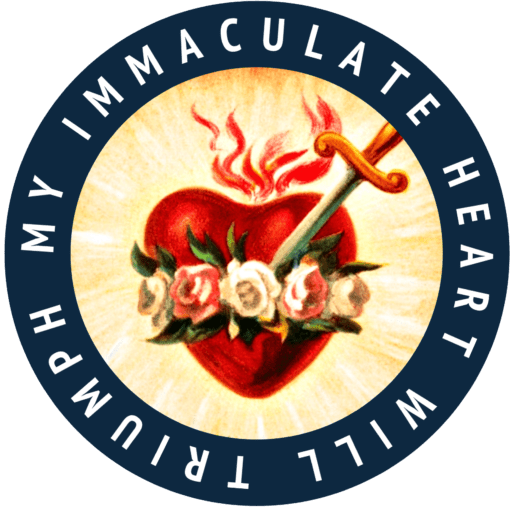
Tag: CatholicSeers
-

Pray with Pope John Paul II & Mother Teresa| The Five Glorious Mysteries of the Rosary| Audio
Read More: Pray with Pope John Paul II & Mother Teresa| The Five Glorious Mysteries of the Rosary| AudioPray The Five Glorious Mysteries of the Rosary in English with Pope John Paul II and Mother Teresa. https://www.youtube.com/watch?v=ga3CVsrtdh0
-

Comforting Our Sorrowful Mother| Prayer in Honour of the Sorrows of the Blessed Virgin Mary
Read More: Comforting Our Sorrowful Mother| Prayer in Honour of the Sorrows of the Blessed Virgin MaryMost holy and afflicted Virgin, Queen of Martyrs, you stood beneath the cross, witnessing the agony of your dying son. Look with a mother’s tenderness and pity on me, who kneel before you. I venerate your sorrows and I place my requests with filial confidence in the sanctuary of your wounded heart.Present them, I beseech…
-

The Miracle Prayer| Say this prayer faithfully, Jesus will change your whole life in a very special way!
Read More: The Miracle Prayer| Say this prayer faithfully, Jesus will change your whole life in a very special way!Say this prayer faithfully, no matter how you feel. When you come to the point where you sincerely mean each word with all your heart, Jesus will change your whole life in a very special way. You will see. Lord Jesus, I come before you, just as I am, I am sorry for my sins,…
-

Use this prayer if you’re widowed and feeling lonely
Read More: Use this prayer if you’re widowed and feeling lonelyBy Aleteia Did Jesus not say, “Blessed are those who mourn, for they shall be comforted” (Mt 5:4)? This promise gives those who have lost a loved one the right to hope. They can hope for a new encounter with God, hope that Christ will come to live and fill their hearts, hope to live…
Search
Popular Posts
-
🙏 A New Chapter Begins: Supporting Pope Leo XIV with Prayer and Hope | W/ Daniel O’Connor
“Give the new pope a break and support him with your prayers.”–…
-
Possible Candidates for The Next Pope!
Some Candidates for the New Papacy Today we will share with you…
Categories
Archives
Tags
#Miracles (102) 2023 (4) 2024 (4) approved miracles (2) catholic (141) catholic blog (375) catholic meditations (7) catholic miracles (371) catholic motivation (2) catholic news (371) catholic prayers (4) CatholicSeers (359) catholic vlog (375) catholic websites (6) Eucharistic miracle (2) fr jim blount (3) GisellaCardia (11) hamas (3) imitation of christ (2) Israel (4) israel live (5) Israel news (9) jesus (3) jesus christ (4) Latest messages (11) lent 2023 (10) lent 2024 (4) lent homily (2) lent retreat (4) lent retreat 2023 (3) Lourdes (2) messages from god (6) MessagesFromHeaven (364) miracles of catholic church (2) mother and refuge (2) ourlady (325) OurLadyApparitions (22) our lady of lourdes (2) Pope (2) POPE francis (3) pope francis news (2) prayers (3) real miracles (356) sacred heart of jesus (2) The Miracles of Lourdes (2)










